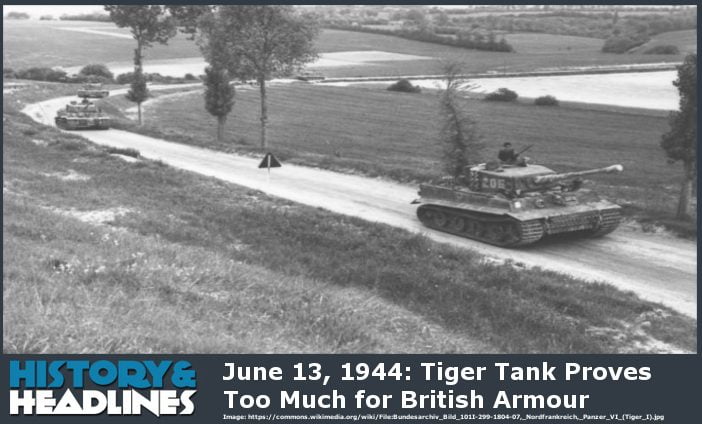


At distance, the sloped armour is efficient at blocking shells from enemy tanks with relatively short and small-calibre cannons even some long barrel and high calibre guns can also have trouble penetrating on the sloped armour if used well. Compared to the 1940 version, the 1941 gets a better 76.2 mm cannon which greatly improves the penetration power, but still keeps the thinly armored 1940 model turret.

The sloped armour, great acceleration, good speed, and excellent 76.2 mm cannon make it a force to be reckoned with especially against inexperienced players, though against experienced players this advantage is less substantial. The T-34 (1941) is one of the most well rounded medium battle tanks at its rank among it with the German Pz.IV F2 and United States M4 Sherman tanks. While this means the firing time between reloading is shorter, reload time is also shorter to get the weapon back into action. The only major difference the DT has compared to other nation's machine gun armament is the magazine-fed system. The APBC presents the best penetration values, but does not have any explosive filler inside, so it is best to keep them in reserve in case the T-34 (1941) encounters one of the few troublesome vehicles it struggles to penetrate.Ī standard coaxial machine gun. Though the BR-350A (MD-5 fuze) has more explosive filler for post-penetration damage, the lower penetration values mean that this potential is useless if the shell can't penetrate the enemy tank's armour, hence the BR-350B is recommended for a balance in armour-piercing potential and post-penetration damage. Of the three armour-piercing shells available, the two most recommended shells to bring to destroy enemy tanks is the APHEBC BR-350B (MD-8 fuze) and the APBC BR-350SP shells. The F-34 gun essentially makes the 76 mm-armed T-34 a menace in lower rank battles by being able to penetrate even heavy tanks with a well-placed hit. The T-34 (1941)'s 76 mm F-34 is overall better gun compared to the preceding L-11 gun, with much better armour-piercing characteristics, shell muzzle velocity, and faster reload time. However, your quite low rate of fire (~9 sec reload stock) will give your enemies a second, final blow. Parts and FPE will allow you to survive the shots targeted at your engine. The engine is the module most of your opponents will target. However, shrapnel from a HE shell shot below you can be dangerous, especially when you encounter a Ho-Ro, for example. If you carry a decreased ammunition load, preferably 15-30 shells, the enemy would have a hard time detonating your ammo. The ammunition is conveniently stored below the tank, making it difficult to detonate. The T-34 has a crew of 4 men packed tightly together, and as such one shot could incapacitate all of them. If your turret is penetrated with an APHE shell, you're a goner. The turret is still 45 mm thick, but much less angled. Never let your enemies see your sides, as they are thinner, less angled and your enemies can easily penetrate it. The T-34's armour, even though only 45 mm thick on the front, is angled at 60°, which increases its effective thickness and the ability to ricochet or bounce enemy shells. Suspensions wheels and tracks are 20 mm thick.Cast homogeneous armour (Driver's hatch, Machine gun mount).Rolled homogeneous armour (Hull, Turret).


 0 kommentar(er)
0 kommentar(er)
